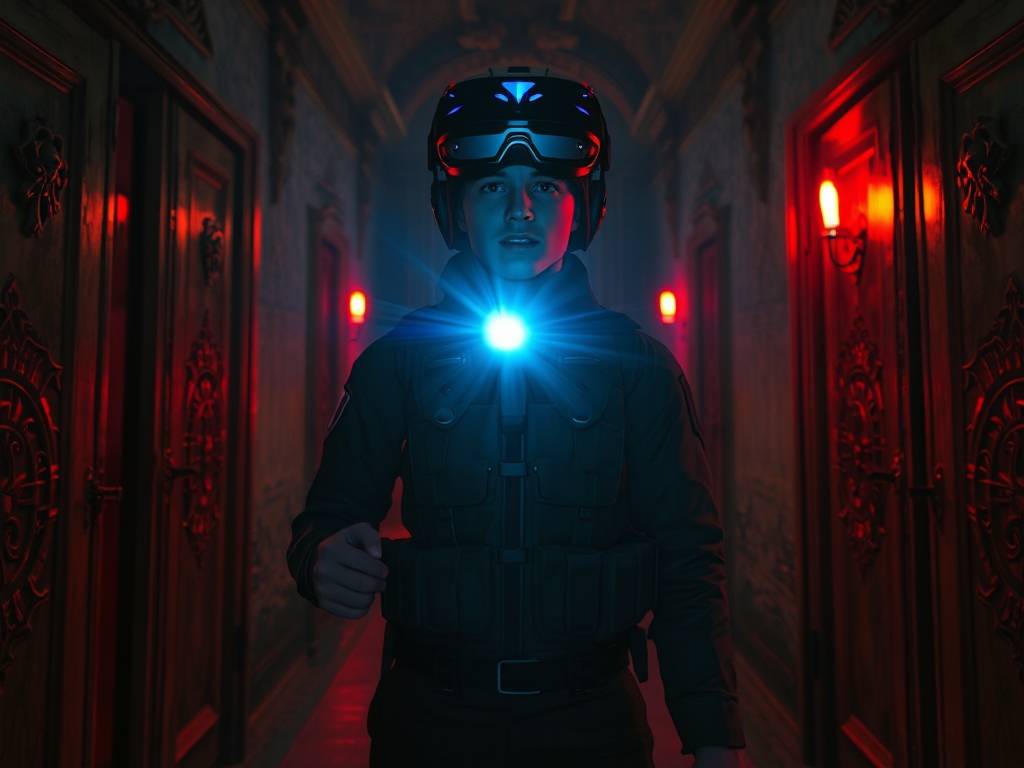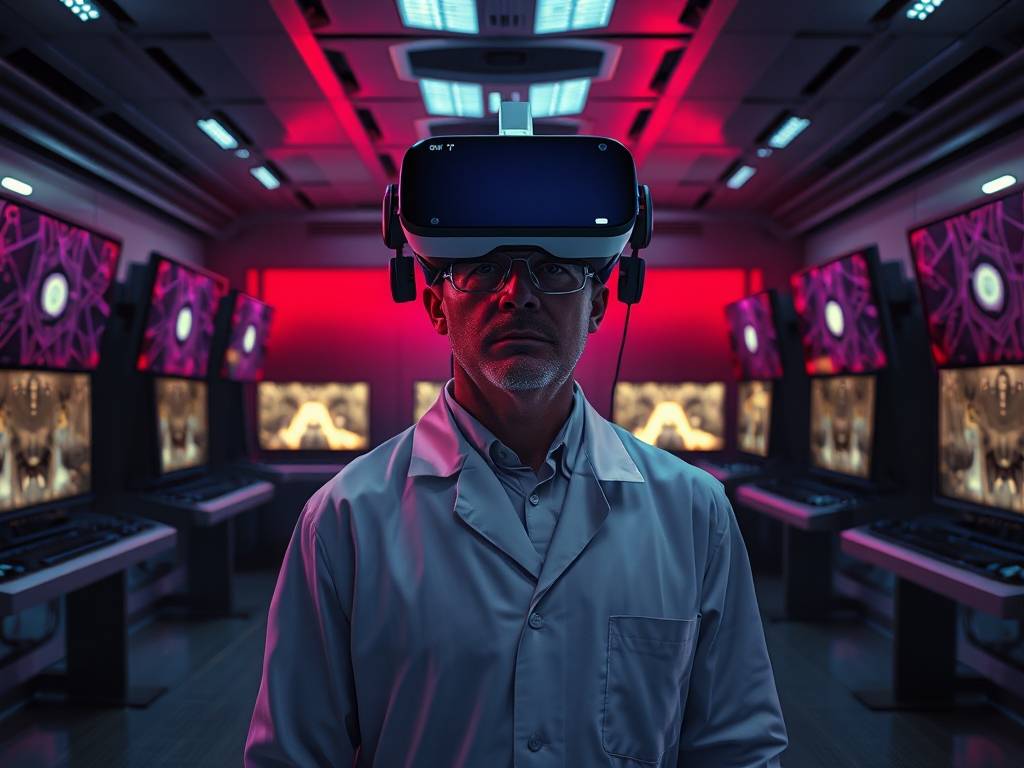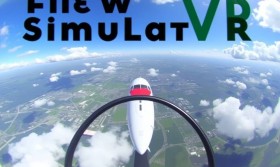The Uncomfortable Frontier: Cowardice Simulator VR's Fear Missions Expansion
For years, the virtual reality landscape has been dominated by power fantasies. We’ve donned headsets to become legendary heroes, intrepid space marines, and master sorcerers, our controllers serving as instruments of immense, exhilarating power. But what if the ultimate challenge wasn't about how many enemies you could vanquish, but how much vulnerability you could endure? This is the radical proposition of Cowardice Simulator VR, a game that has carved out a unique niche by inverting traditional gaming tropes. Its genius lies not in empowering the player, but in masterfully orchestrating their powerlessness. Now, with its latest Fear Missions Expansion, the game evolves from a clever novelty into a profound, and often deeply unsettling, psychological experience.
The core game established the premise: you are not a hero. You are, for lack of a better term, a coward. Objectives are mundane—retrieve your keys from a dark basement, ask a intimidating neighbor to lower their music, investigate a strange noise in the attic. The mechanics are deliberately clunky, emphasizing your character's anxiety. Your virtual hands shake, your breath fogs the view in the headset if you panic, and the heart rate monitor on your wrist (a brilliant UI element) pounds audibly, a constant reminder of your own physiological state. Success isn't measured in kills or points, but in simply completing the task without succumbing to the game’s clever systems that encourage you to quit, hide, or simply run away.

The Fear Missions Expansion elevates this foundation to an art form. It moves beyond jump-scares and creepy atmospheres into a more nuanced taxonomy of fear. The expansion introduces five new mission categories, each targeting a different primal or psychological anxiety.
-
The Fear of the Unknown (The Attic): This mission is a masterclass in minimalism. The task is simple: find the source of a faint scratching sound coming from somewhere in a vast, cluttered attic. The darkness is oppressive, broken only by the narrow beam of a faulty flashlight that flickers with your rising heartbeat. There are no monsters, no ghouls. The terror is purely anticipatory. Every shadow looks like a crouching figure; every rustle of your own movement sounds like something else. The game uses 3D audio with terrifying precision, making the scratching seem to emanate from a different corner each time you focus on it. The real enemy is your own imagination, and the expansion feeds it with exquisite detail.
-
The Fear of Social Judgment (The Karaoke Bar): A stark departure from supernatural dread, this mission targets social anxiety. Your objective is to walk onto a stage in a crowded, silent bar and sing a full song from a list of choices. The VR headset tracks your eye movement, and if you don’t make "eye contact" with the audience, their disappointed murmurs grow. If you look down or away for too long, the mission fails. The faces in the crowd are unnervingly realistic, some bored, some mocking, some staring with blank indifference. Your voice, picked up by your microphone, warbles and cracks, amplified for the virtual room to hear. It’s a humiliating, deeply human kind of horror that no zombie horde could ever replicate.
-
The Fear of Loss (The Museum): This mission introduces a delicate, time-sensitive task. You are in a dark, expansive museum, and you must carefully transport a priceless, incredibly fragile vase across a series of hazard-filled rooms. The floor is littered with debris; water drips from the ceiling, making surfaces slippery; and distant, unsettling sounds suggest you might not be alone. The fear here is of making a mistake, of failing through your own clumsiness. The weight and balance of the vase are simulated with haptic feedback, and you must physically hold the controllers with a steady hand. The dread of hearing the virtual ceramic crack is overwhelming.
-
The Fear of the Subconscious (The Labyrinth): Heavily inspired by psychological horror, this mission takes place in a shifting, impossible space. Corridors twist back on themselves, doors lead to rooms that shouldn't exist geographically, and familiar, comforting environments from your in-game "home" suddenly morph into cold, industrial nightmares. The goal is opaque, the rules are undefined. It’s designed to create a deep sense of disorientation and existential dread, questioning the very reality the game has built.
-
The Fear of the Vast (The Deep): Utilizing vertigo-inducing VR to its full potential, this mission places you on a crumbling ledge of a skyscraper under construction, or adrift in the endless blackness of the ocean depths. The objective is to cross a narrow, swaying beam hundreds of feet in the air, or to swim down into a dark trench to retrieve a beacon. The sound design is critical here—the howling wind, the oppressive silence of the deep sea, the creak of the structure, and the terrifyingly slow sound of your own breathing apparatus. It’s a pure, primal vertigo trigger.
The Fear Missions Expansion is not for everyone. It is deliberately designed to be uncomfortable, to make players sit with feelings they actively seek to avoid in other games. It’s a bold experiment in empathy, allowing players to viscerally understand the paralyzing nature of anxiety and fear in its many forms. The "Cowardice Simulator" is, ironically, one of the bravest projects in modern gaming. It doesn’t ask, "How strong are you?" It asks a far more interesting and human question: "What are you afraid of, and can you face it?" This expansion provides the terrifying, brilliant playground to find out.



















